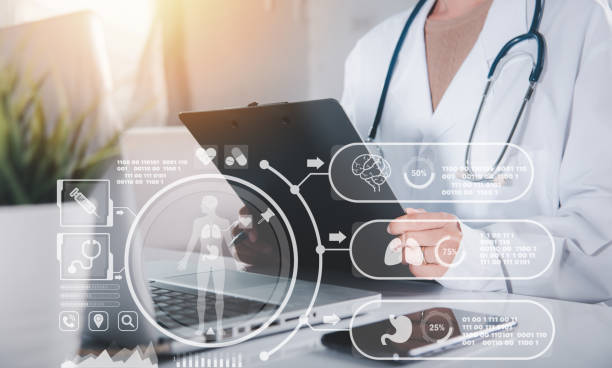
What is remote patient monitoring and how does it work in hospitals?
Posted by on 2024-07-04
Remote patient monitoring is a cutting-edge technology that allows healthcare providers to monitor their patients' vital signs and other health data from a distance. This innovative approach has revolutionized the way hospitals care for patients, especially those with chronic conditions or who are at risk of developing complications.
So, how does remote patient monitoring actually work in hospitals? Well, it all starts with the use of wearable devices or sensors that are connected to a central monitoring system. These devices can track various metrics such as heart rate, blood pressure, oxygen levels, and even activity levels. The data collected by these devices is then transmitted securely to the healthcare provider's system in real-time.
Once the data is received by the healthcare provider, they can closely monitor their patients' health status and intervene promptly if any abnormalities are detected. For example, if a patient's blood pressure suddenly spikes or their heart rate drops significantly, the healthcare provider will be alerted immediately and can take appropriate action to prevent any potential health complications.
Remote patient monitoring not only allows for early intervention but also improves patient outcomes by providing continuous care outside of traditional hospital settings. Patients can receive personalized care plans tailored to their specific needs based on the data gathered through remote monitoring. This proactive approach helps reduce hospital readmissions and emergency room visits while improving overall quality of care.
In conclusion, remote patient monitoring is a game-changer in modern healthcare that enables hospitals to provide better care for their patients while reducing costs and improving efficiency. By harnessing the power of technology, healthcare providers can now keep a close eye on their patients' health even when they are miles away. It's safe to say that remote patient monitoring is here to stay and will continue to transform the way we deliver healthcare in hospitals around the world.
So, how does remote patient monitoring actually work in hospitals? Well, it all starts with the use of wearable devices or sensors that are connected to a central monitoring system. These devices can track various metrics such as heart rate, blood pressure, oxygen levels, and even activity levels. The data collected by these devices is then transmitted securely to the healthcare provider's system in real-time.
Once the data is received by the healthcare provider, they can closely monitor their patients' health status and intervene promptly if any abnormalities are detected. For example, if a patient's blood pressure suddenly spikes or their heart rate drops significantly, the healthcare provider will be alerted immediately and can take appropriate action to prevent any potential health complications.
Remote patient monitoring not only allows for early intervention but also improves patient outcomes by providing continuous care outside of traditional hospital settings. Patients can receive personalized care plans tailored to their specific needs based on the data gathered through remote monitoring. This proactive approach helps reduce hospital readmissions and emergency room visits while improving overall quality of care.
In conclusion, remote patient monitoring is a game-changer in modern healthcare that enables hospitals to provide better care for their patients while reducing costs and improving efficiency. By harnessing the power of technology, healthcare providers can now keep a close eye on their patients' health even when they are miles away. It's safe to say that remote patient monitoring is here to stay and will continue to transform the way we deliver healthcare in hospitals around the world.